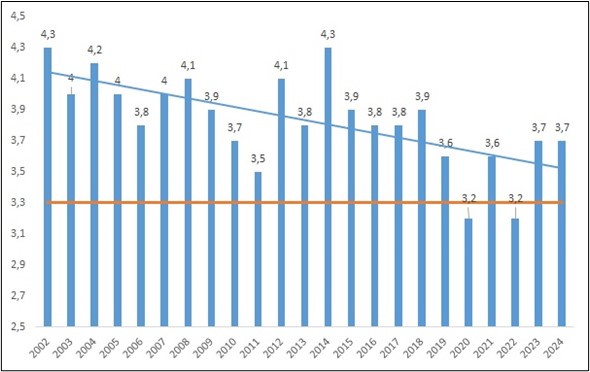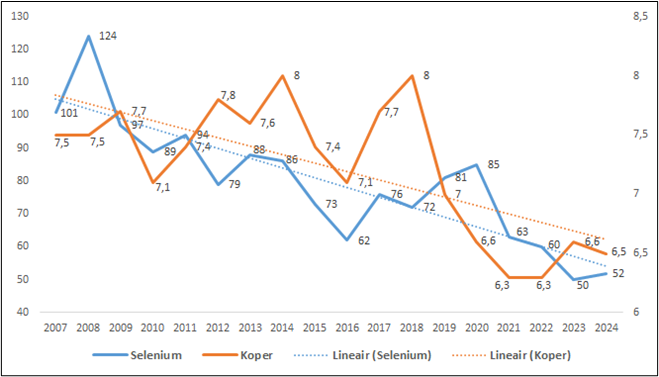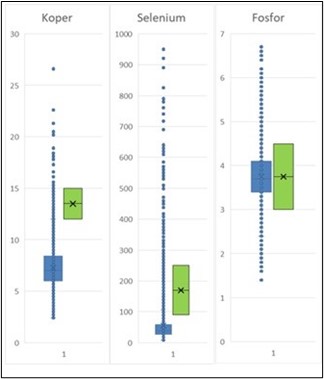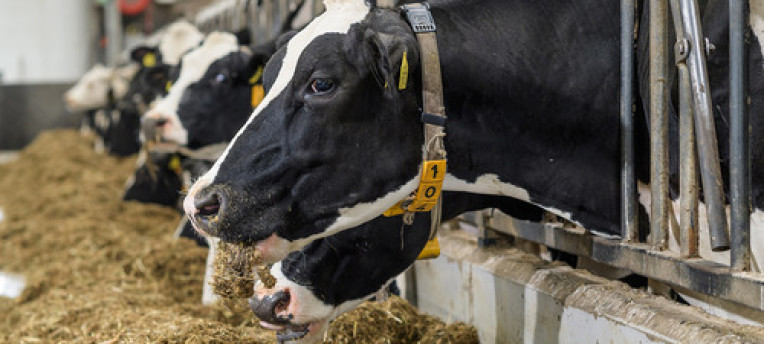Dutch Dairy Update
12 August 2025 - Livestock
Increasing shortage of trace elements and minerals in forage
Proper nutrition forms the foundation for healthy and productive dairy cows. Minerals and trace elements play a crucial role in this. However, analyses by Eurofins Agro reveal that the levels of these essential nutrients in grass silage have shown a downward trend in recent years. The Forage Manager (the complete feed value analysis with trace elements and minerals) provides insight into feed value, mineral content and trace elements. This data enables timely adjustments to be made when necessary.
Stricter fertilisation regulations and declining atmospheric deposition are steadily reducing the mineral and trace element content in forage. This increases the risk of deficiencies, with significant consequences for the health and performance of cows. Estimates from the Dutch Animal Health Service (GD) suggest that in 50% of farms experiencing health problems, mineral deficiencies may play a role.
Phosphorus below critical level
Figure 1 shows a downward trend in phosphorus content over the past two decades. In several instances, phosphorus levels in grass silage have fallen below the cow’s minimum requirement. A phosphorus deficiency can result in reduced fertility, lower feed intake and milk production, and bone demineralisation. In young stock, it may even cause skeletal deformities and decreased feed efficiency.

Figure 1: Average phosphorus content in spring silage. The minimum phosphorus requirement for a dairy cow producing 40 kg of milk is 3.3 g/kg (CVB, orange line). Source: Eurofins Agro 2025
Decline in copper and selenium
Trace elements such as copper and selenium have also shown a downward trend since 2007 (Figure 2). Although only small amounts are needed, these elements are essential for various bodily processes, including enzyme function.

Figure 2: Average copper and selenium content in spring silage. Source: Eurofins Agro 2025
Wide variation in grass silage
Figure 3 shows the range of measured values in grass silage compared to the target values for phosphorus, copper and selenium. Differences between silages are substantial, and values frequently fall outside the desired range.

Figure 3: Distribution of all analysed grass silages in 2024. Blue represents the range; green indicates target values. Source: Eurofins Agro 2025
Tailored feeding
Feeding is always a matter of precision – especially when it comes to trace elements and minerals. Standard feed mixes rarely provide the exact balance required and may lead to deficiencies or excesses. The Dutch GD estimates indicate that mineral deficiencies could play a role in 50% of farms with health issues.
Interactions between minerals also require attention. For example, excessive iron can negatively affect selenium availability.
It’s not just lactating cows that need a well-balanced diet. Dry cows and young stock also have specific mineral requirements. The cost of problems resulting from deficiencies or excesses in the ration far outweighs the investment in a Forage Manager report for a complete feed value analysis.
It is therefore essential to regularly monitor mineral and trace content in rations with Forage Manager, to enable timely adjustments and help safeguard the health and productivity of the herd.






